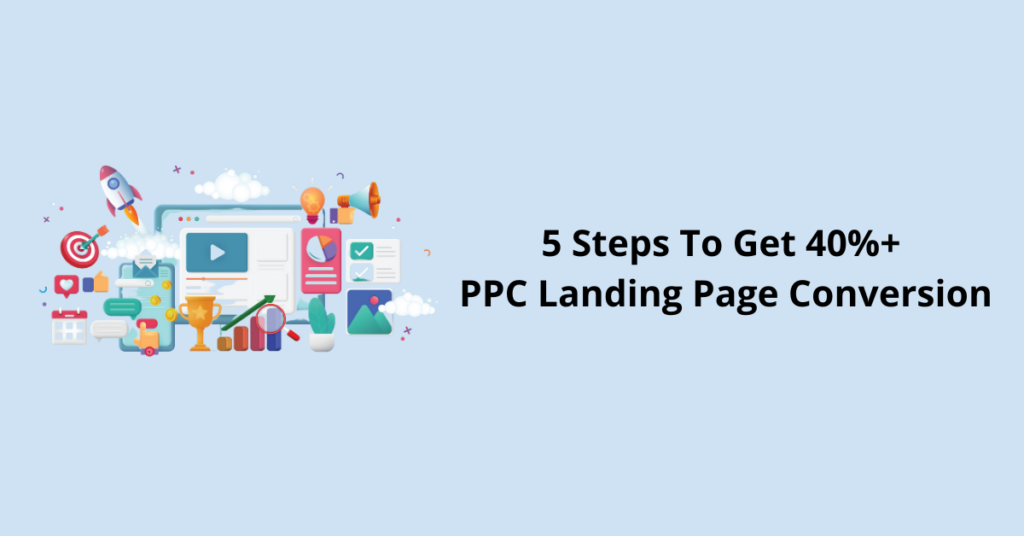Your Google Ads campaign is only as strong as your PPC landing page. You might have aced your ad set-up, budgeting, and clickable ad copy, but if users bounce from your landing page, you’ve wasted both your time and money.
1. Ad Copy and Landing Page - A Consistent Duo
One prevalent mistake is a lack of consistency between ad copy and landing page headlines.
For instance, If your ad copy promises one thing, but the landing page headline discusses your company, experience, or other services, it can confuse visitors. They may struggle to find the offer they saw in the ad, increasing the likelihood of them leaving your page.
Ensure your landing page directly reflects your ad copy to reassure the user they’re in the right place.
To illustrate, consider a client who’s promoting “Solar Installation for Homes.” If the ad copy targets this service, the landing page headline should also reflect it, such as “Top-rated Solar Panel Installation for Your Home.”
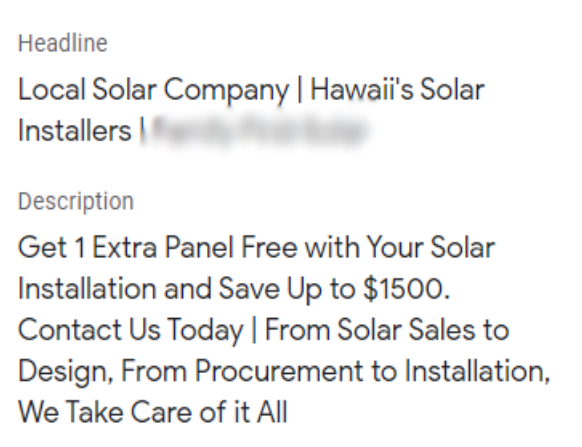
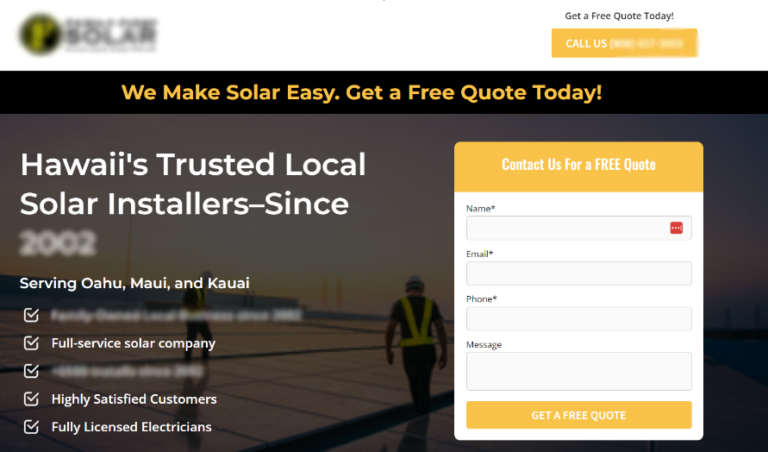
2. Sell the Benefits
Let’s talk first things first, It’s crucial to clear up the confusion on what’s a feature and a benefit?
So let’s understand it like this:
Do you remember when Apple Launched the iPod? It was a hit. It came with 1 Gigabyte of Storage, and that was a great feature.
But that doesn’t sell, many people didn’t even know what a Gigabyte was during that time.
So How did Steve Jobs sell it? He said, “It’s a 1000 Songs in your pocket.”
He mentioned a great benefit, and It sold like Crazy
The idea is Steve Jobs didn’t promote the iPod as a device with 1 GB storage – he sold it as “1000 songs in your pocket.”
The key to the iPod’s phenomenal success was emphasizing the benefits, not just the features.
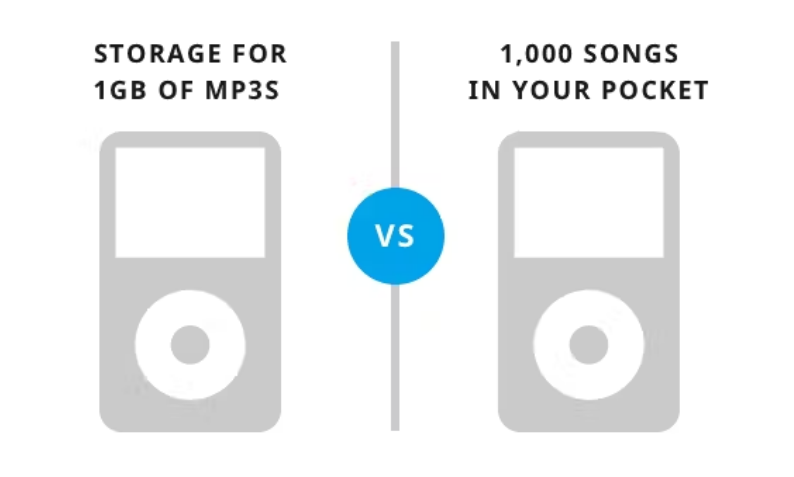
Image Source: Wordstream
The same principle applies to landing pages.
Let’s say for instance, you’re creating a landing page for an eye doctor who uses state-of-the-art technology. While this is an impressive feature, it’s vital to also communicate how it benefits the customer, such as “Our cutting-edge technology ensures precise diagnosis for your vision needs.”
So one vital point to keep in mind when creating your landing page, make sure you’re not just listing features, but also clearly conveying the benefits those features bring to your customers.
3. The Right Call to Action (CTA)
If you’ve been researching Landing Page Optimization for some time, You must’ve read all sorts of different tips about CTA.
So an effective CTA isn’t a one-size-fits-all scenario. It should be guided by your client’s ultimate goal and their customers’ preferences.
For example, let’s consider a dental practice. We have two major target groups here: Those requiring emergency attention (who need to call) and those intending to arrange future appointments, particularly those who avoid calls and find it simpler to fill out a form for scheduling.
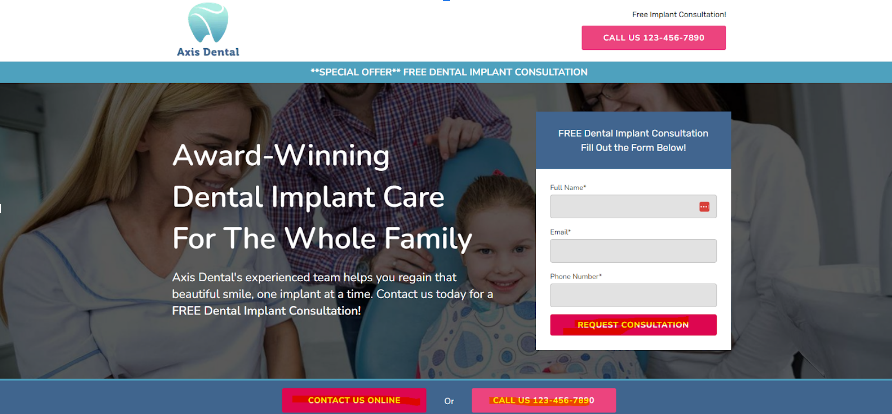
4. Share a Testimonial
We all know by now that Testimonials can provide the necessary push toward conversion. According to Hubspot, “60% of consumers think that user-generated content (UGC), like reviews, is the most authentic form of content a brand can use.”

For instance, if you are a solar installation company, you could quote your installation expert saying,
“We take pride in ensuring each solar installation is done meticulously and efficiently, providing our customers with a seamless switch to renewable energy.”
5. Don’t be Desktop first
If you’ve ever used a Landing Page builder tool, it likely defaults to a desktop view, with mobile as an afterthought. However, ad campaigns often generate a higher percentage of mobile traffic.
So what you need to do is go into your Landing Page Builder tool and manually optimize the landing page for mobile, making sure that the right elements and the more persuasive elements are up at the top and within a few scrolls, making sure that they are able to take the next step.
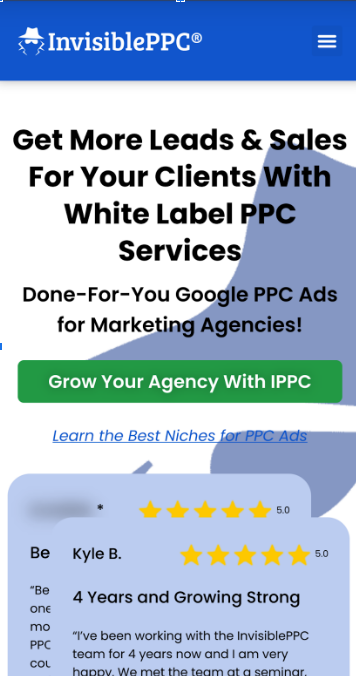
And We can’t stress on this point enough, even though it’s the last on the list.
💡Fun Fact: According to a report by Statista, as of the second quarter of 2021, mobile devices (excluding tablets) accounted for about 54.8 percent of global website traffic.

